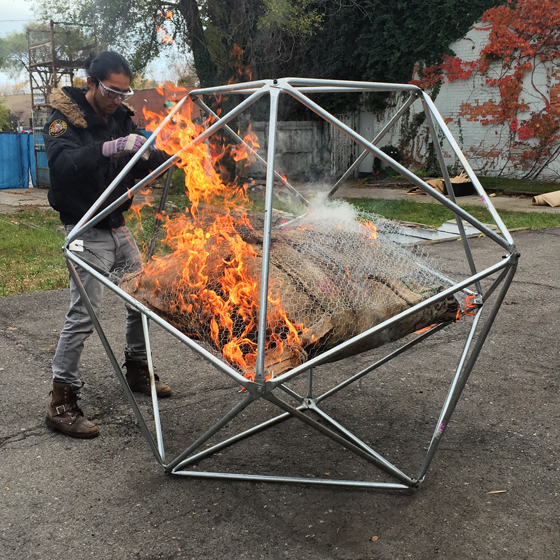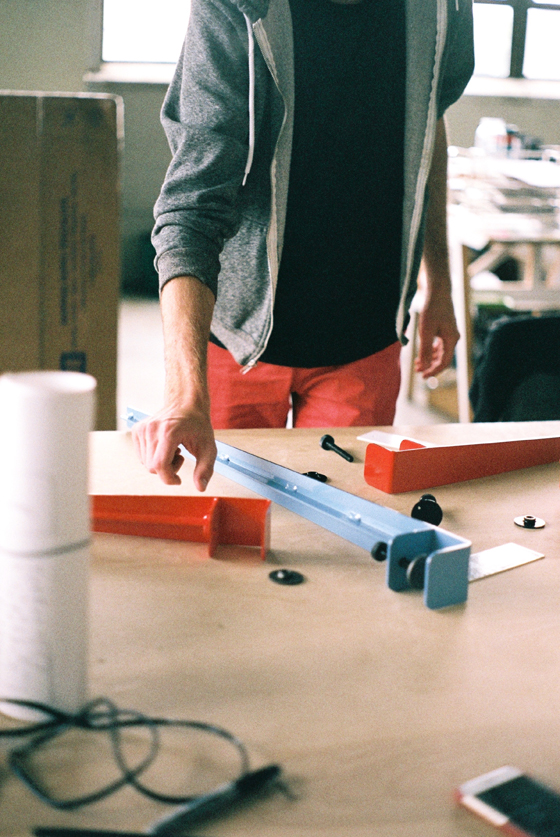Designing Detroit: How Motown rediscovered its Mojo
Text von Shonquis Moreno
USA
17.05.16
Long the poster boy for industrial collapse and urban decay, Detroit is back on its feet, using design as one of the main drivers of its new self-imagining.
Burn, baby, burn: the four architects and designers that make up Detroit-based studio Thing Thing (above) have one thing in common – a passion for collaboration, experimentation, and the occasional bout of combusiton (top)

Burn, baby, burn: the four architects and designers that make up Detroit-based studio Thing Thing (above) have one thing in common – a passion for collaboration, experimentation, and the occasional bout of combusiton (top)
×In 2015, Detroit was named UNESCO‘s first American City of Design, before New York or Chicago, before Los Angeles. Detroit, the city synonymous with urban decay and the collapse of the American auto industry. Detroit, with its evaporating population and the highest crime rates in the nation, whose crises have invoked superlative after superlative. Detroit, the city that, in 2013, filed the largest municipal bankruptcy in the country’s history.
Only a year later, however, it left that bankruptcy behind and though not yet out of the red, the city’s grassroots creative energy – from bold entrepreneurism to architecture non-profits like incubator Practice Space – has been remarkable. Instead of flight and failure, we talk about Detroit’s success, civic courage – and design. In April, Ideas City, a travelling intensive studio and public conference hosted by New York’s New Museum of Contemporary Art, took place in a disused Detroit hospital. “The city is in the process of reinventing itself and, once again, is on the verge of transforming our understanding of the modern metropolis,” says director and former Domus editor, Joseph Grima. “Detroit is a laboratory for a new paradigm of urbanity.”
The materialist: Jack Craig, who repurposes PVC water-mains pipes to create innovative seating (below), sees Detroit‘s legacy of manufacturing expertise and abundance of materials as creative nirvana
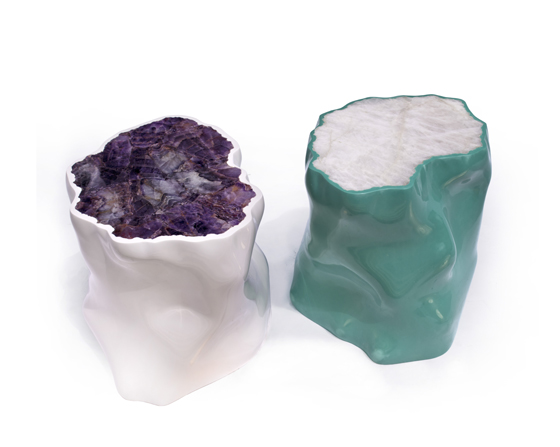
The materialist: Jack Craig, who repurposes PVC water-mains pipes to create innovative seating (below), sees Detroit‘s legacy of manufacturing expertise and abundance of materials as creative nirvana
×Indeed, the dynamic diversity of the city’s design community suggests just that. “It’s a post-industrial city that’s still trying to figure what comes next,” says local desig- ner Jack Craig, one of an increasing number of Cranbrook Academy of Art graduates choosing to stay in Detroit to start their own studios. “The residuals of industry mean there’s still a lot of manufacturing expertise left over. You can still source nearly any material in the city. There’s tons of space that no one knows what to do with. Detroit is gritty and dirty, but it allows for very physical practices. Ideas can be quickly rea- lised [because] it operates on fast turnover, high energy and experimentation.”
Architects Kyle Hoff and Alex O‘Dell co-founded Floyd around their industrially elegant “Floyd leg”, a structural component used to create anything from shelves to tables and bed frames using found materials. The two men met in Detroit while renovating a collaborative workspace in a garage. “Product design, for us, begins with the manufacturer: when designing new products, we look at the constraints of our manufacturer’s processes and design within them,” says Hoff. Detroit’s generations of manufacturing infrastructure are crucial to what Floyd does. And, O’Dell adds, “from the Model T to Motown Music, there is an energy here that encourages new ideas.”
More with less: Cranbrook graduate Nina Cho views the negative space and lightness her furniture designs effect as having a positive impact on Detroit‘s creative revitalisation
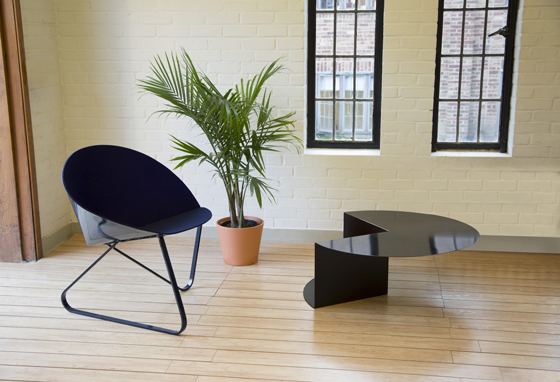
More with less: Cranbrook graduate Nina Cho views the negative space and lightness her furniture designs effect as having a positive impact on Detroit‘s creative revitalisation
×Using rapid prototyping and wood, Andy Kem also makes explicitly structural furni- ture like his aptly named Breakplane furniture series. Kem moved to Detroit in 1998 to study automotive design at the College for Creative Studies and then worked as a Creative Sculptor at General Motors until opening his furniture studio in 2005 in the Russell Industrial Center. “The car industry has left a lot of trickle-down knowledge, influence and technology to small industries and businesses,” Kem says. “Recently, Detroit’s entrepreneurial spirit and its long, storied design history are starting to reconnect and build again.”
The city is also drawing studios focused on craft. Ali Sandifer is two trained architects, Detroit native Abir Ali and Andre Sandifer, also from Michigan, who returned home from the Midwest in 2011 to handmake a small, shapely series of wooden furniture. Influenced by Charles and Ray Eames, who started their wide-ranging practice in Detroit, the two design, not in software, but in the workshop.
Pull up to the bumper: Andy Kem trained and worked as an automotive designer before turning his creative hand to furniture
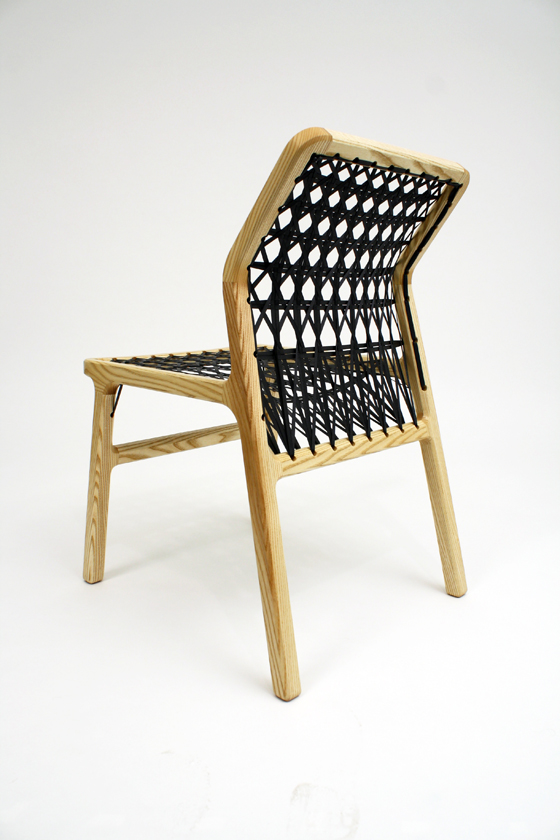
Pull up to the bumper: Andy Kem trained and worked as an automotive designer before turning his creative hand to furniture
×Korean industrial designer Nina Cho came from a little farther afield. She studied woodworking and furniture design in Seoul and then 3D Design at the Cranbrook Academy. Today, her bent-metal product and furniture designs focus on reduction, “negative” space and lightness. In Detroit, she can own her living and studio spaces and still have resources left to invest in her work. “It is exciting to be here during the city’s cultural renaissance,” she says. “I’m a new face to the city, but still a part of its revitalisation.”
Architectural studios like Laavu design restaurants, galleries and bars, and the furniture with which they populate them, but the range of work architects are doing in Detroit is striking. The four architects Thing Thing – Simon Anton, Thom Moran, Rachel Mulder and Eiji Jimbo – met at the University of Michigan and worked together on a Venice Architecture Biennale project in 2012. From typefaces to pillow lights and large urban sculptures, they engineer and fabricate their own industrial manufacturing machines in order to experiment with materials, often locally sourced post-consumer, hand-recycled, high-density polyethylene plastic. They create one-offs like couture fashion, then scale them down and make them more accessible like ready-to-wear. “There is a palpable energy about the future,” says Anton. “Now there is a strong community of makers that started small but has grown noticeably since we moved here three years ago. Being small in size but rich in skillsets, it is the kind of community that makes it easy to collaborate, a kind of ‘we’re all in this together’ vibe.”
A leg to stand on: architects Kyle Hoff and Alex O‘Dell are Floyd (above), authors of their super-utilitarian yet archly elegant “Floyd leg“ (top)

A leg to stand on: architects Kyle Hoff and Alex O‘Dell are Floyd (above), authors of their super-utilitarian yet archly elegant “Floyd leg“ (top)
×Jack Craig, a former stealth technology engineer for the US Navy, works in bronze, marble, and perhaps most interestingly, in PVC. In 2012, he spun water main pipes on a Lazy Susan, warmed them with a propane heater and then hand-grappled them into seating. Starting out, Craig found cheap space and access to raw materials and technical expertise in Detroit. He worked in a friend’s backyard, then in a friend’s collapsing garage, and now works in an abandoned cathedral and is renovating a house. “I live in a Bengali immigrant neighbourhood. The homes weren’t built to last and like a lot of Detroit have been allowed to fall into states of disrepair,” Craig says. “I take inspiration from the resilience and resourcefulness of my neighbours. Normal solutions are not viable here, which forces new and invented approaches – a kind of improvisational hacking. And that’s how I’d like to model my own practice.”
Made in the workshop, not in software: carefully crafted wooden furniture from architect-trained duo Ali Sandifer

Made in the workshop, not in software: carefully crafted wooden furniture from architect-trained duo Ali Sandifer
ש Architonic
